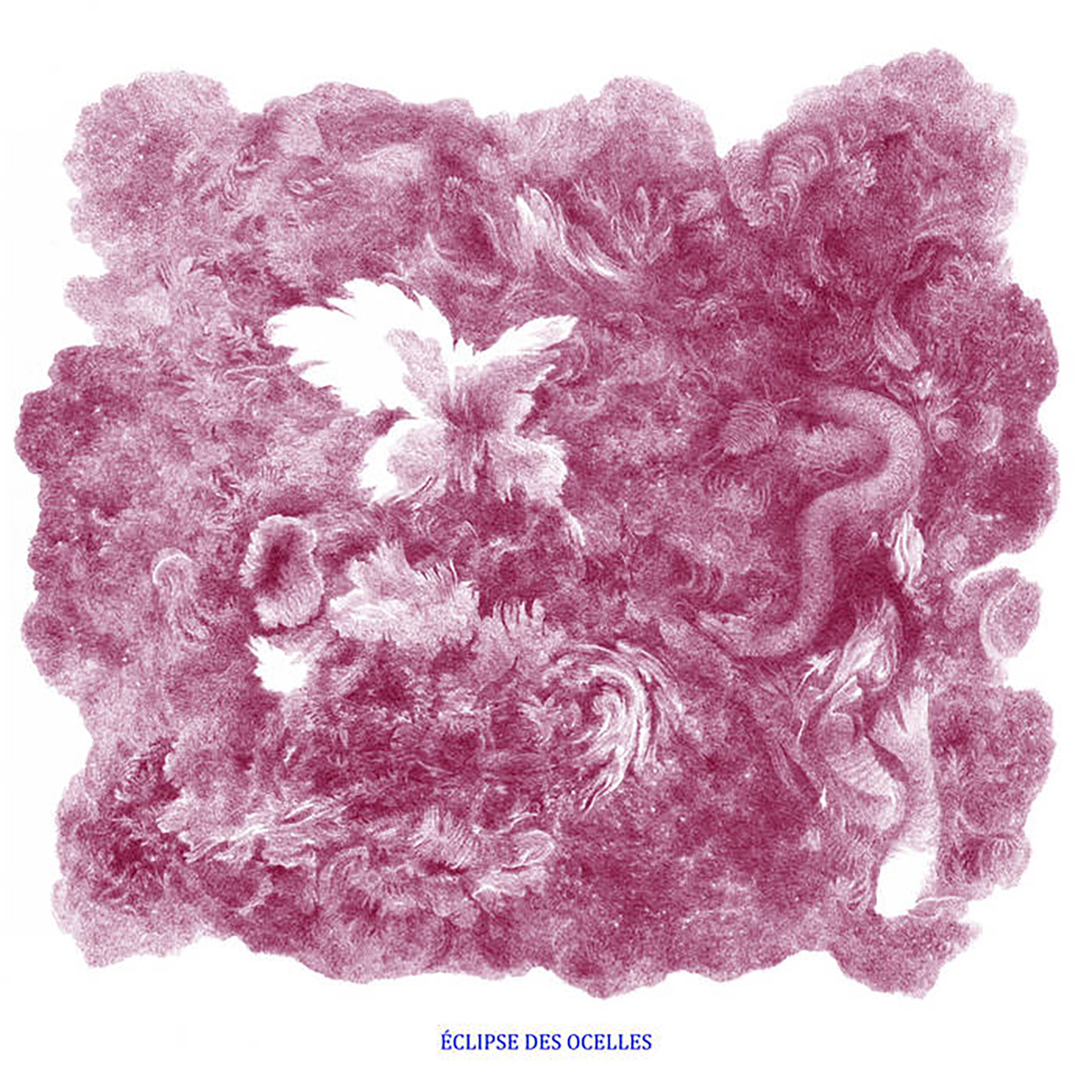
There seems to be a hell of a lot of weird and wonderful music coming out of Brussels these days and this debut from violinist/visual artist Roxane Métayer is a welcome addition to that teetering heap of outre delights. Éclipse des ocelles falls within one of my favorite niches, as Métayer uses field recordings and acoustic instruments to evoke a hallucinatory strain of imaginary folk music that feels both ancient and otherworldly. While I suspect Natural Snow Buildings will always reign within that particular shadow realm, Métayer does quite a fine job in staking out her own lovely niche of flickering and timeless rustic ambiance. Moreover, she achieves quite an appealing illusion of organic looseness and spontaneity through a mixture of improvisation and composed themes. Admittedly, I occasionally wish some pieces were a bit more focused and purposeful than they are, but Métayer is exceptionally gifted at casting (and sustaining) a sublime and dreamlike spell. And the album's handful of highlights make for quite a mesmerizing deep listening experience.
The chorus of chirping birds that open the album nicely sets the tone for what is to come, as Éclipse des ocelles has the feel of an ancient pagan ritual occurring in some sacred forest clearing. Or perhaps the mood is more akin to the soundtrack for a somewhat haunting and hallucinatory medieval puppet show. In either case, Métayer seems like she was born to be the highlight of some Folklore Tapes compilation, as she is impressively talented at conjuring the atmosphere of a darkly psychedelic folk tale. For me, that immersive otherworldliness is the primary appeal of this album and the deeper Métayer goes, the better the album gets. In that regard, the organically heaving, multi-layered, and multitextured "Dans un pays de serpents" is the most striking and memorable trip down the rabbit hole. It is not a fluke though, as "Plus brume, que lune" and "Quand l'abeille survient" are similarly absorbing and phantasmagoric. That said, vividly realizing eerily fantastical scenes is not the only realm where Métayer excels, as one of the album's other highlights ("Phaleine Somnolente") is a sublime convergence of production/recording skill, the sounds of an inventively misused violin, and some beautifully soulful, intertwining melodies. In fact, I think Métayer's recording and productive expertise is what elevates this album into something truly memorable and special, as she seems to have captured every single scrape, whine, click, and shudder of her violin with crystalline clarity. It was probably inevitable that I would like this album, as I would happily snap up anything that could be glibly described as "Richard Skelton and Lisa Gerrard took a bunch of mushrooms and made alternate soundtrack to Midsommar with Enhet För Fri Musik," but the sharp details and tactile textures here are on a level far beyond most good albums in the free-/freak-/psych-folk milieu.
Samples can be found here.



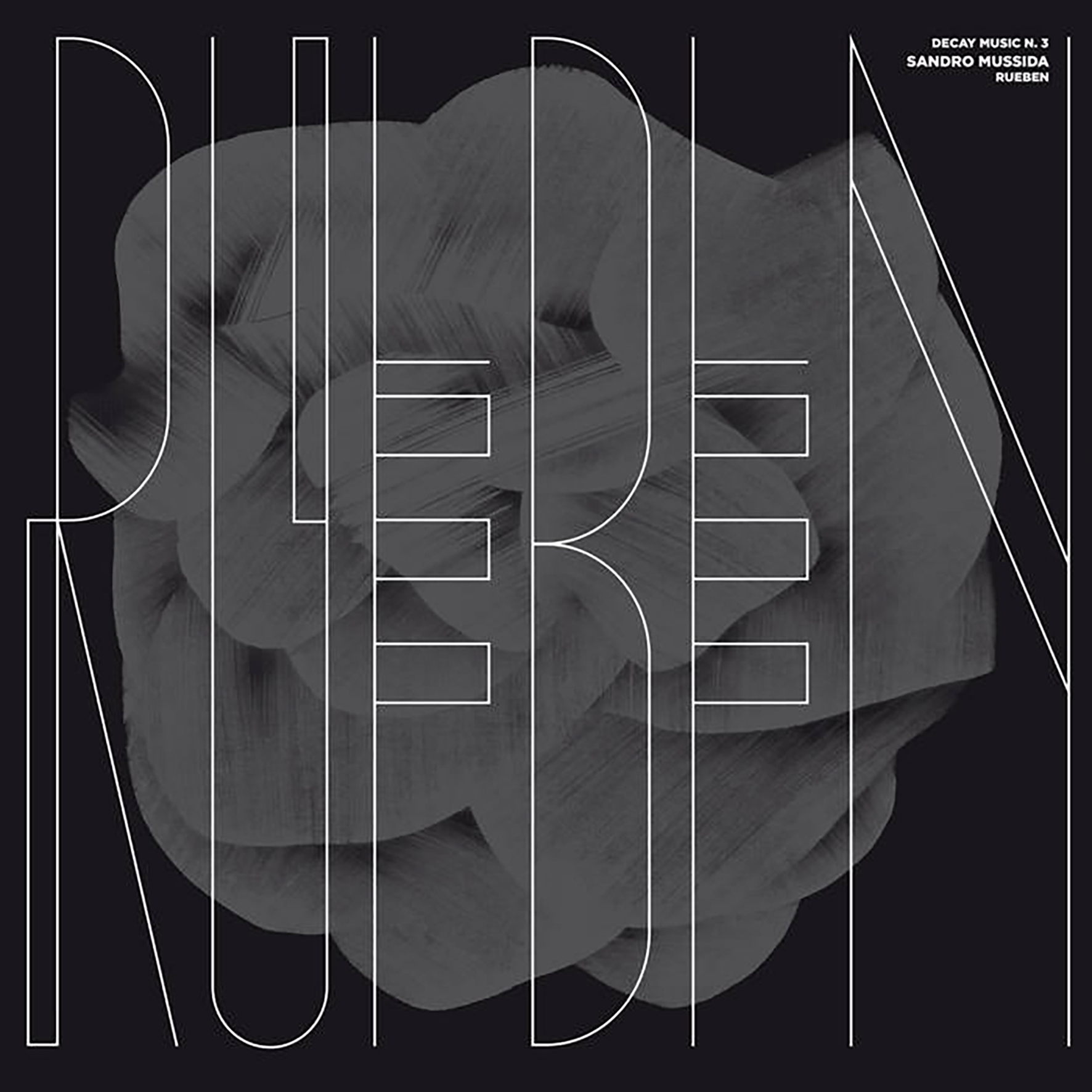 I believe this is my first encounter with this London-based cellist/composer, but that is hardly surprising, as Die Schachtel often tends to be ahead of the curve in unearthing compelling new sound art. As befits the Decay series' mission statement of highlighting "inspired contemporary experimental efforts in ambient, ethereal, and emotively abstract music," Reuben is an album of hazy, dreamlike soundscapes that feel like they were assembled from hissing and blurred tape loops (though I do not believe they were). Regardless of how it was assembled, this is quite an immersive and fitfully gorgeous album, as Mussida displays an impressive lightness of touch, talent for nuanced detail, and a deep understanding of the physics of sound. And it certainly does not hurt that he made full use of the rich acoustic properties of Volterra, Italy's historic Church of San Giusto.
I believe this is my first encounter with this London-based cellist/composer, but that is hardly surprising, as Die Schachtel often tends to be ahead of the curve in unearthing compelling new sound art. As befits the Decay series' mission statement of highlighting "inspired contemporary experimental efforts in ambient, ethereal, and emotively abstract music," Reuben is an album of hazy, dreamlike soundscapes that feel like they were assembled from hissing and blurred tape loops (though I do not believe they were). Regardless of how it was assembled, this is quite an immersive and fitfully gorgeous album, as Mussida displays an impressive lightness of touch, talent for nuanced detail, and a deep understanding of the physics of sound. And it certainly does not hurt that he made full use of the rich acoustic properties of Volterra, Italy's historic Church of San Giusto. I believe this is Di Domenico's first appearance on Die Schachtel, but the Brussels-based pianist/composer has had quite a prolific and fascinating career, racking up collaborations with a wildly varied array of iconic artists ranging from the ubiquitous Jim O'Rourke to free jazz sax titan Akira Sakata to Nigerian drum god Tony Allen. Given that pedigree, it is a bit of a surprise to see him turn up in a series of ambient albums, but the strange and eclectic Downtown Ethnic Music is too much of a freewheeling and hallucinatory experience to fit comfortably in that milieu (or any milieu at all, really). That said, the album is something of a spiritual (but not stylistic) descendant of Jon Hassell's "fourth world" vision, as Di Domenico set out to reimagine "the future of urban music" with a varied and eclectic host of collaborators. While I sincerely doubt the future of urban music will be anything like the kaleidoscopic and boundary-dissolving psychedelia of this album, Di Domenico has certainly managed to conjure up some truly unique and alien-sounding gems in the attempt.
I believe this is Di Domenico's first appearance on Die Schachtel, but the Brussels-based pianist/composer has had quite a prolific and fascinating career, racking up collaborations with a wildly varied array of iconic artists ranging from the ubiquitous Jim O'Rourke to free jazz sax titan Akira Sakata to Nigerian drum god Tony Allen. Given that pedigree, it is a bit of a surprise to see him turn up in a series of ambient albums, but the strange and eclectic Downtown Ethnic Music is too much of a freewheeling and hallucinatory experience to fit comfortably in that milieu (or any milieu at all, really). That said, the album is something of a spiritual (but not stylistic) descendant of Jon Hassell's "fourth world" vision, as Di Domenico set out to reimagine "the future of urban music" with a varied and eclectic host of collaborators. While I sincerely doubt the future of urban music will be anything like the kaleidoscopic and boundary-dissolving psychedelia of this album, Di Domenico has certainly managed to conjure up some truly unique and alien-sounding gems in the attempt.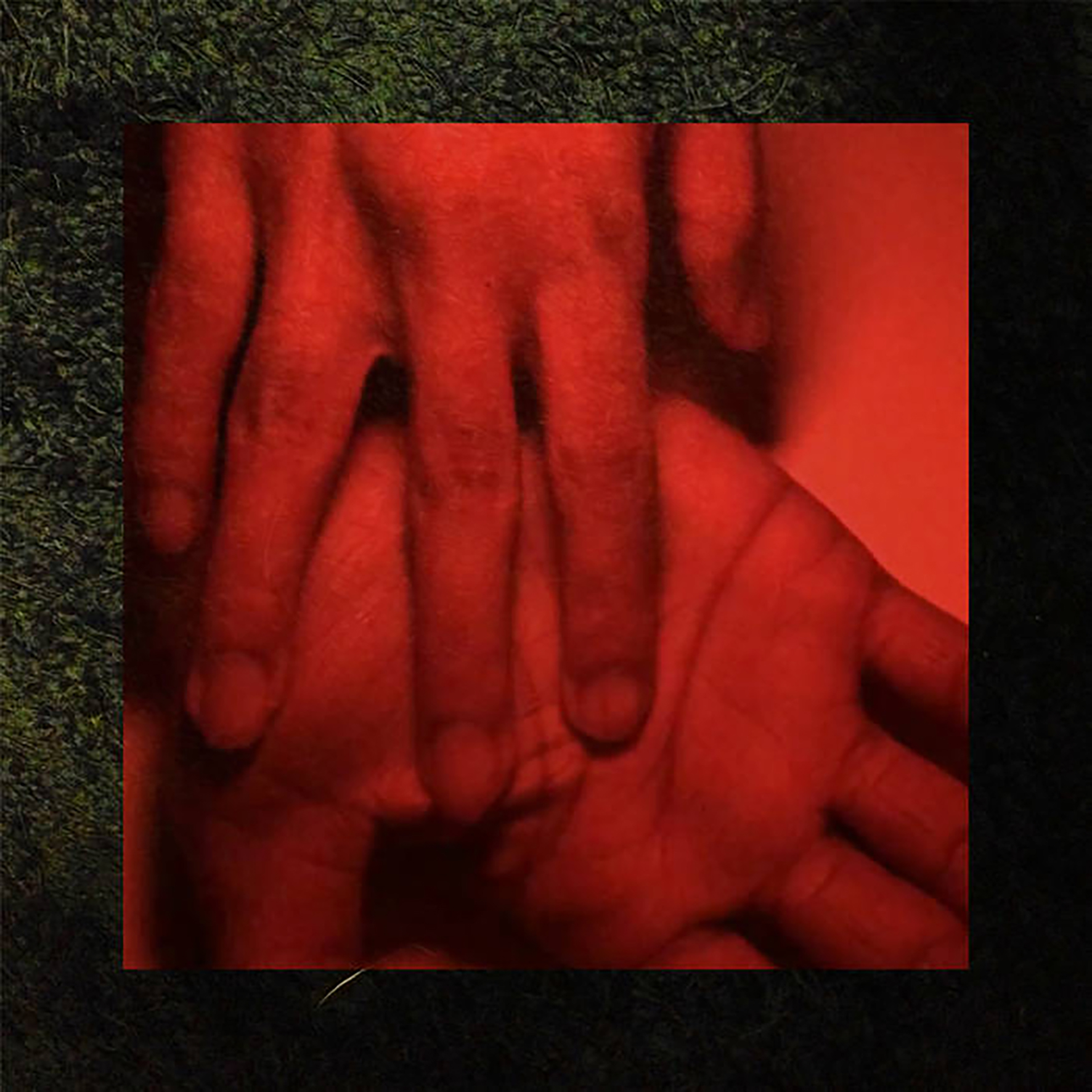 Four years in the making, this inaugural release from Brooklyn composer Nayar is something of a small, genre-blurring masterpiece that brings together stuttering, laptop-mangled melodies a la early Fennesz and Oval with billowing ambient warmth. Our Hands in the Dark is a bit more inventive and distinctive than a hazy and heavenly homage to the golden age of Editions Mego and Mille Plateaux, however, as it also features some unexpected nods to Rilke, classic Midwestern emo, and Indian mysticism along the way. To some degree, I am the target demographic for all of those things, but this album is wonderful primarily because of Nayar's oft-brilliant execution, as these eight songs are a veritable feast of exacting craftsmanship, tight songcraft, vivid textures, warm harmonies, and immersive atmospheres. If this album had come out twenty years ago, it likely would have become a regularly name-checked cornerstone of the laptop/experimental guitar scene. Since it is coming out now instead, I suppose it will just have to settle for the consolation prize of being an early contender for one of 2021's strongest debuts.
Four years in the making, this inaugural release from Brooklyn composer Nayar is something of a small, genre-blurring masterpiece that brings together stuttering, laptop-mangled melodies a la early Fennesz and Oval with billowing ambient warmth. Our Hands in the Dark is a bit more inventive and distinctive than a hazy and heavenly homage to the golden age of Editions Mego and Mille Plateaux, however, as it also features some unexpected nods to Rilke, classic Midwestern emo, and Indian mysticism along the way. To some degree, I am the target demographic for all of those things, but this album is wonderful primarily because of Nayar's oft-brilliant execution, as these eight songs are a veritable feast of exacting craftsmanship, tight songcraft, vivid textures, warm harmonies, and immersive atmospheres. If this album had come out twenty years ago, it likely would have become a regularly name-checked cornerstone of the laptop/experimental guitar scene. Since it is coming out now instead, I suppose it will just have to settle for the consolation prize of being an early contender for one of 2021's strongest debuts.
 In an unexpected flip for their second record, the duo of Eric Hardiman (Rambutan, Century Plants, Burnt Hills) and Michael Kiefer (More Klementines) improvised live. With the self-titled debut being the result of asynchronous file sharing and collaboration, First Encounters was exactly that: the first time the two had actually met in person in any context. That’s anything but apparent from the sound though, as the duo play off of each other perfectly, making for a free form trip through psychedelic spaces with the verve of long time collaborators, even though that is not the case.
In an unexpected flip for their second record, the duo of Eric Hardiman (Rambutan, Century Plants, Burnt Hills) and Michael Kiefer (More Klementines) improvised live. With the self-titled debut being the result of asynchronous file sharing and collaboration, First Encounters was exactly that: the first time the two had actually met in person in any context. That’s anything but apparent from the sound though, as the duo play off of each other perfectly, making for a free form trip through psychedelic spaces with the verve of long time collaborators, even though that is not the case.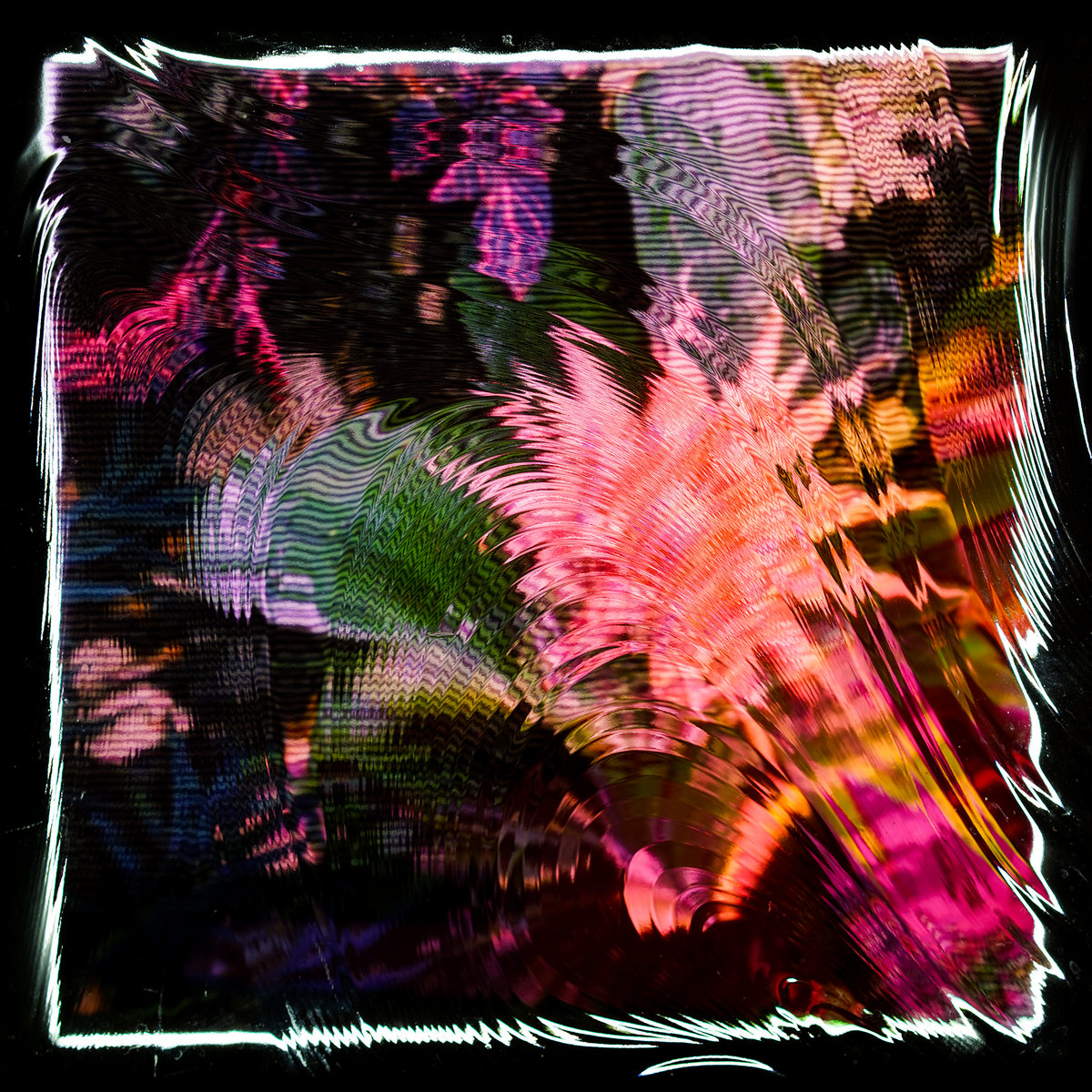
 The Opalio Brothers somehow managed to release three strong albums last year, but I believe only this one was (spontaneously) composed and recorded during the pandemic. It was also inspired by it, as The World That IS and IS NOT is billed as a concept album of sorts: an "existential reflection" on a scenario "where everything seems to vanish into the void." That admittedly sounds like a recipe for a bleak album, but the Opalios arguably went the opposite route, heading in a warmer direction to illustrate how music and art can help us transcend the "spiritual disquiet and moral despair" of the current age. To new or casual fans, that increased warmth will probably be nearly imperceptible, as it will be largely eclipsed by the fundamentally outré and mind-meltingly psychedelic elements of this project. Longtime fans will definitely notice a difference though, as this is an unusually meditative album with a satisfying and purposeful arc. While I tend to enjoy the comparative unpredictability of MCIAA's collaborations the most these days, this one captures Roberto and Maurizio in especially inspired form on their own, as I would be hard-pressed to think of a more perfectly distilled example of their warped and wonderful vision.
The Opalio Brothers somehow managed to release three strong albums last year, but I believe only this one was (spontaneously) composed and recorded during the pandemic. It was also inspired by it, as The World That IS and IS NOT is billed as a concept album of sorts: an "existential reflection" on a scenario "where everything seems to vanish into the void." That admittedly sounds like a recipe for a bleak album, but the Opalios arguably went the opposite route, heading in a warmer direction to illustrate how music and art can help us transcend the "spiritual disquiet and moral despair" of the current age. To new or casual fans, that increased warmth will probably be nearly imperceptible, as it will be largely eclipsed by the fundamentally outré and mind-meltingly psychedelic elements of this project. Longtime fans will definitely notice a difference though, as this is an unusually meditative album with a satisfying and purposeful arc. While I tend to enjoy the comparative unpredictability of MCIAA's collaborations the most these days, this one captures Roberto and Maurizio in especially inspired form on their own, as I would be hard-pressed to think of a more perfectly distilled example of their warped and wonderful vision.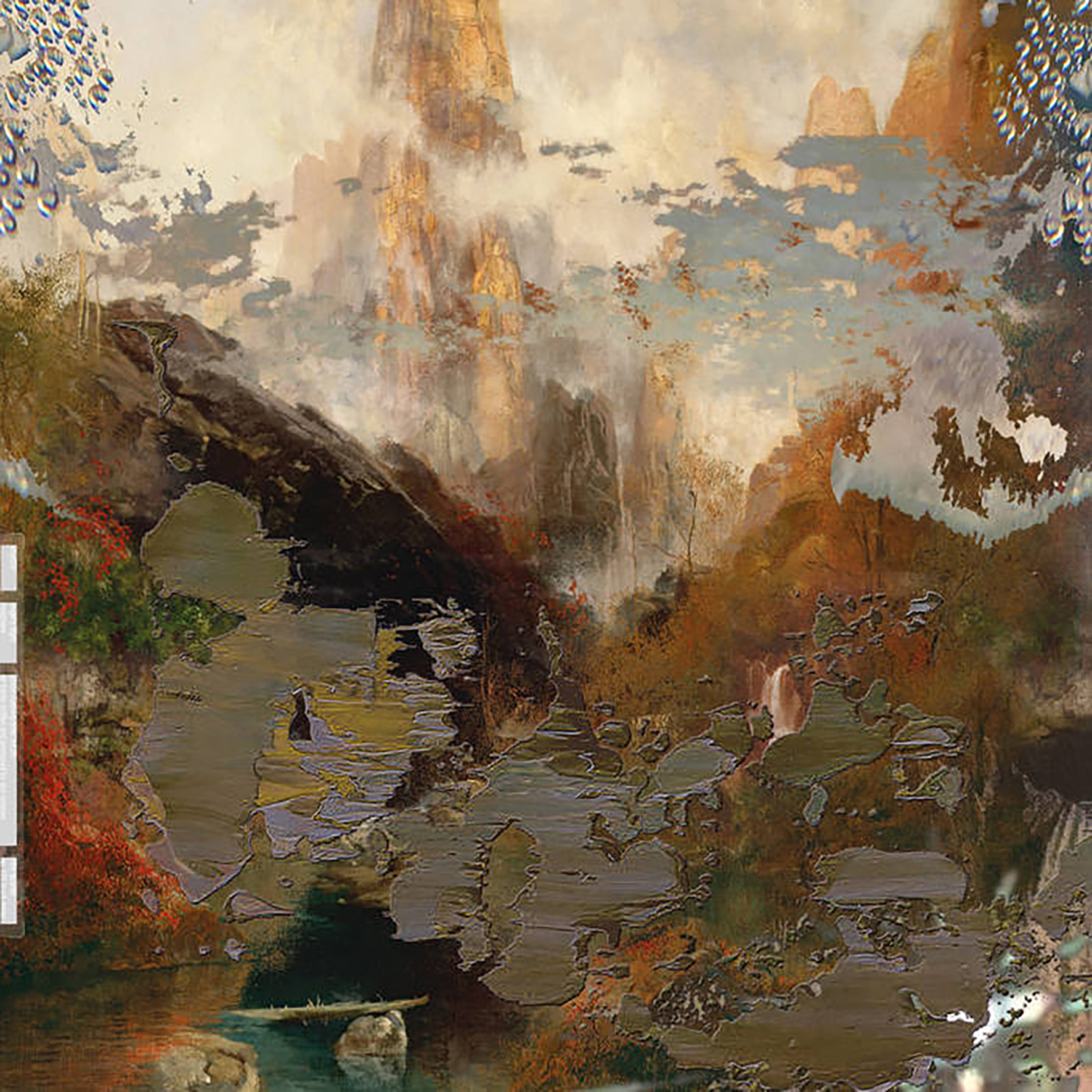 I believe I have been listening to Biosphere for at least 20 years now, but the project's evolution over the last five years or so has been especially fascinating, as Geir Jenssen's creative restlessness has led him to release one surprise after another. To my ears, 2016's Departed Glories remains the high water mark of this adventurous phase, but I am delighted that Jenssen seems to be actively looking for new challenges and that the results are almost invariably enjoyable and distinctive. This latest release continues that trajectory of endlessly breaking new ground, as the bulk of Angel's Flight was composed for a Norwegian dance production entitled Uncoordinated Dog. More significantly, all twelve pieces were crafted from repurposed fragments of Beethoven's "String Quartet No. 14." Unsurprisingly, much of the album would be unrecognizable to Beethoven, as Jenssen does an admirable job of blurring, stretching, blackening, and chopping his source material into a compellingly hallucinatory neo-classical fever dream.
I believe I have been listening to Biosphere for at least 20 years now, but the project's evolution over the last five years or so has been especially fascinating, as Geir Jenssen's creative restlessness has led him to release one surprise after another. To my ears, 2016's Departed Glories remains the high water mark of this adventurous phase, but I am delighted that Jenssen seems to be actively looking for new challenges and that the results are almost invariably enjoyable and distinctive. This latest release continues that trajectory of endlessly breaking new ground, as the bulk of Angel's Flight was composed for a Norwegian dance production entitled Uncoordinated Dog. More significantly, all twelve pieces were crafted from repurposed fragments of Beethoven's "String Quartet No. 14." Unsurprisingly, much of the album would be unrecognizable to Beethoven, as Jenssen does an admirable job of blurring, stretching, blackening, and chopping his source material into a compellingly hallucinatory neo-classical fever dream. I am not sure which is more impressive: that Ashley Paul managed to compose a focused, inventive, and challenging album like this while living with a toddler or that she somehow managed to (remotely) form a tight new trio of like-minded collaborators during a pandemic lockdown. Admittedly, I was a bit apprehensive about the latter development, as the fragility and uneasy intimacy of Paul's past work has always been one of its more endearing aspects, but her instincts thankfully proved to be characteristically unerring, as Ray continues her recent streak of great albums. In fact, this is probably an ideal entry point to Paul's singular aesthetic, as it beautifully balances her more "broken" and discordant tendencies with an increased warmth, as well as a side that approximates a hallucinatory cabaret as envisioned by the Quay Brothers. It all works wonderfully, as this more varied approach yields some instant career highlights while sacrificing none of the precarious magic that made her work so unique and mesmerizing in the first place.
I am not sure which is more impressive: that Ashley Paul managed to compose a focused, inventive, and challenging album like this while living with a toddler or that she somehow managed to (remotely) form a tight new trio of like-minded collaborators during a pandemic lockdown. Admittedly, I was a bit apprehensive about the latter development, as the fragility and uneasy intimacy of Paul's past work has always been one of its more endearing aspects, but her instincts thankfully proved to be characteristically unerring, as Ray continues her recent streak of great albums. In fact, this is probably an ideal entry point to Paul's singular aesthetic, as it beautifully balances her more "broken" and discordant tendencies with an increased warmth, as well as a side that approximates a hallucinatory cabaret as envisioned by the Quay Brothers. It all works wonderfully, as this more varied approach yields some instant career highlights while sacrificing none of the precarious magic that made her work so unique and mesmerizing in the first place.
